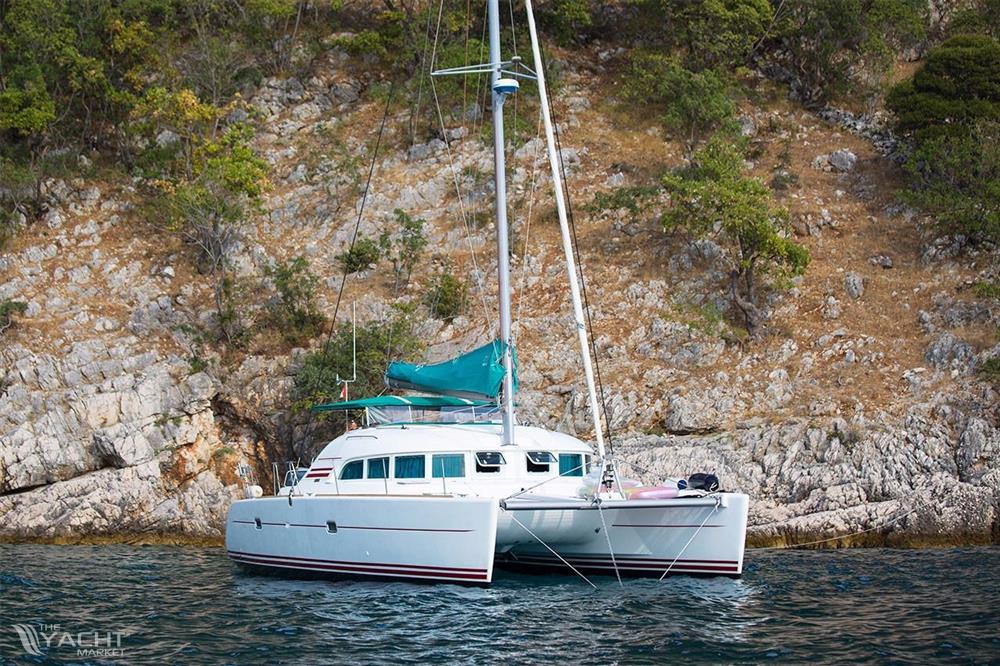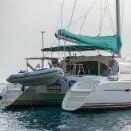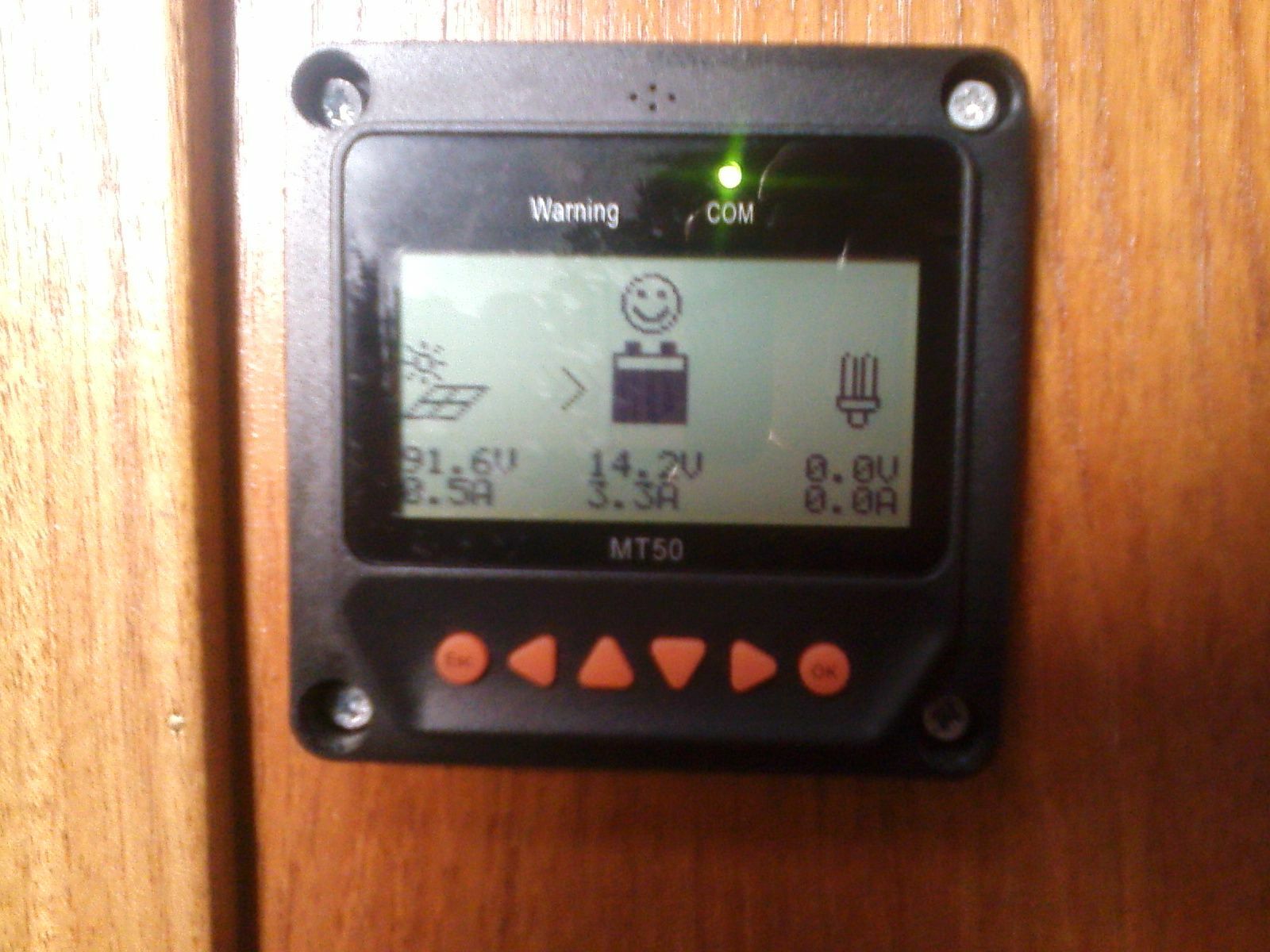I have never been able to identify any RCD / RCR requirements relating to solid fuel stoves (I guess they never considered that a SF stove would be used on a boat)
(Maybe it is there but tucked away in some obscure 'corner')
The only 'heating' related section relates to gas :
5.5 Gas system
Gas systems for domestic use shall be of the vapour-withdrawal type and shall be designed and installed so as to avoid leaks and the risk of explosion and be capable of being tested for leaks.
Materials and components shall be suitable for the specific gas used to withstand the stresses and exposures found in the marine environment. Each gas appliance intended by the manufacturer for the application for which it is used shall be so installed in accordance with the manufacturer’s instructions.
Each gas-consuming appliance must be supplied by a separate branch of the distribution system, and each appliance must be controlled by a separate closing device.
Adequate ventilation must be provided to prevent hazards from leaks and products of combustion.
All watercraft with a permanently installed gas system shall be fitted with an enclosure to contain all gas cylinders. The enclosure shall be separated from the living quarters, accessible only from the outside and ventilated to the outside so that any escaping gas drains overboard. In particular, any permanently installed gas system shall be tested after installation.




